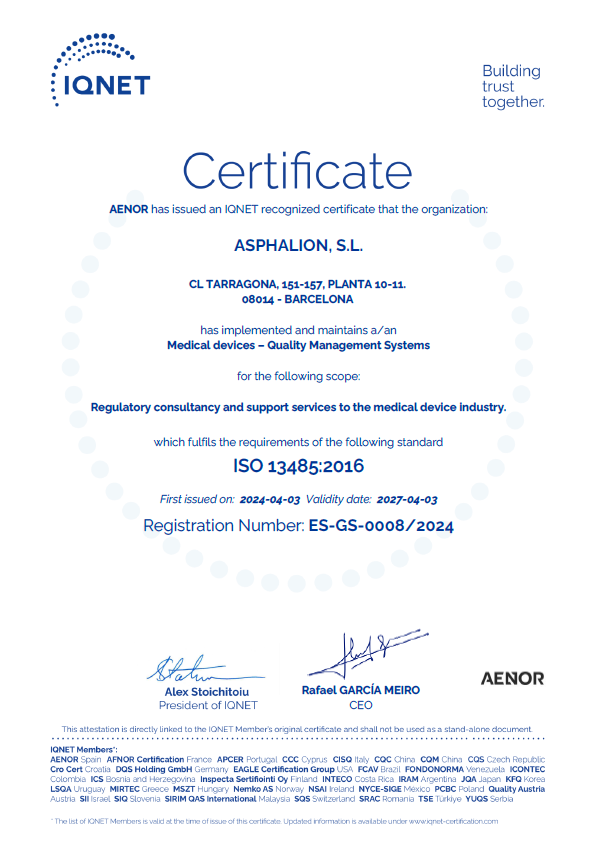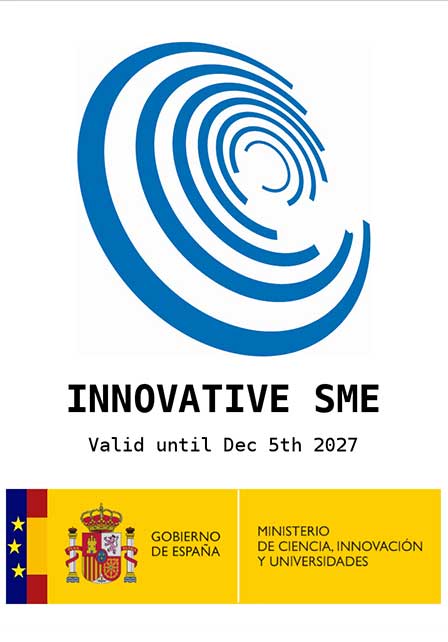In the highly regulated field of medical devices, obtaining regulatory approval is a critical step toward bringing a product to market. The submission files that are prepared and submitted to regulatory authorities play a pivotal role in this process.
Understand the Regulatory Requirements
The first step in preparing submission files is to understand the regulatory requirements for your medical device. This includes identifying the relevant regulations, guidelines, and standards that apply to your device. You should also be familiar with the submission process and requirements of the regulatory authority to which you are submitting.
Develop a Comprehensive Submission Plan
Once you have a clear understanding of the regulatory requirements, you can develop a comprehensive submission plan. This plan should include a detailed timeline for preparing and submitting your submission files, as well as a checklist of all the required documents and information. Remember that one size doesn’t fit all. Ensure your submission is tailored to the specific product type and the regulatory pathway you’re pursuing.
Organize your Submission Files
Organize your files in a logical and consistent manner. Proper organization of your files is critical for a successful submission. Regulatory authorities receive countless submissions, so a well-organized file lets reviewers quickly find and assess the necessary information and speeds up the approval process; it also reduces the chances of regulatory authorities coming back with questions or requests for clarifications. While it is essential to provide comprehensive information, avoid the temptation to overburden the submission with unnecessary details. focus on quality and not on quantity. Incomplete or disorganized submissions can lead to outright rejections, necessitating a resubmission and further delaying the approval process.
For the benefit of the reviewer, you should create a clear and concise table of contents that outlines all the documents included in your submission package. Each document should be properly labeled and organized in a logical sequence.
Ensure Accuracy and Completeness
Your submission files must be accurate and complete; first impressions matter. A meticulously prepared submission file reflects a company’s commitment to quality and compliance and sets a positive tone for the review process. This means that all information provided must be truthful and supported by appropriate documentation. You should also ensure that the information is presented clearly and consistently throughout the submission and all required forms and templates are properly completed and signed. Avoid jargon and confirm that terms and acronyms used are defined.
Conduct a Thorough Review
Before submitting your submission files, it is important to conduct a thorough review to ensure that everything is in order. This includes checking for accuracy, completeness, and proper organization of all documents. You should also ensure that all required information is included and that there are no errors or omissions.
Tips for a Smooth Submission Process:
- Start Early: Begin the preparation process well in advance. This allows ample time for internal reviews, quality checks, and any necessary revisions.
- Use Templates and Checklists: Many regulatory authorities provide templates or checklists for submissions. Utilize these resources to ensure you are not missing any critical components.
- Use clear and concise language: When writing your submission files, be sure to use clear and concise language. Avoid using technical jargon or acronyms unless they are necessary. If you do use technical terms, be sure to define them clearly. Your submission files should be easy to read and understand for reviewers who may not have a deep understanding of your specific product.
- Learn from Previous Submissions: Each submission provides an opportunity for learning and improvement. After receiving regulatory feedback, carefully analyze the comments and suggestions provided by the authorities. Incorporate these insights into your future submission files to enhance their quality and increase the chances of successful approval. Continuous improvement based on past experiences is key to streamlining the regulatory approval process.
- Stay Updated: Regulatory requirements and guidelines are subject to change, and it is crucial to stay updated with any revisions or updates. Regularly monitor regulatory websites, attend industry conferences, and engage in professional networks to stay informed about any changes that may impact your submission.
- Seek Expertise: Navigating the regulatory approval process can be complex and challenging. Consider seeking professional assistance from regulatory consultants or experts specializing in medical device submissions. Their expertise and experience can provide valuable insights and guidance, ensuring that your submission files meet all regulatory requirements.
- Digital Organization: In today’s digital age, many regulatory authorities now accept electronic submissions. This can be a more convenient and efficient way to submit your application, and it can also help to reduce the risk of errors. If you are submitting your application electronically, be sure to follow the instructions provided by the regulatory authority. This may include using specific file formats or naming conventions.
- Proofread and Review: Once you have proofread your files, it is a good idea to ask others to review them and provide feedback. This could include colleagues, regulatory consultants, or even other medical device companies that have recently submitted successful applications.
Getting feedback from others can help you identify areas where your submission could be improved.
- Maintain Open Communication: Throughout the submission process, it is essential to maintain open and transparent communication with regulatory authorities. Seek clarification on any requirements or guidelines that may be unclear, and promptly address any queries or concerns raised by the authorities. Building a positive and collaborative relationship with regulatory reviewers can help streamline the approval process and resolve any potential issues more efficiently.
- Conduct Pre-Submission Meetings: Consider scheduling pre-submission meetings with regulatory authorities, if available. These meetings provide an opportunity to discuss your submission strategy, address any concerns, and seek guidance on specific requirements. Pre-submission meetings can help align expectations and ensure that your submission files meet the regulatory authorities’ expectations, increasing the chances of a successful approval.
- Maintain a Regulatory Compliance Culture: Lastly, foster a culture of regulatory compliance within your organization. Ensure that all team members understand the importance of properly preparing and organizing submission files. Provide training and resources to enhance their regulatory knowledge and encourage adherence to best practices. By instilling a culture of compliance, you can consistently produce high-quality submission files that meet regulatory requirements.
Conclusion
The regulatory approval process for medical devices is intricate and demanding. Proper preparation and organization of submission files are crucial for a smooth and successful regulatory approval process of medical devices. By understanding the regulatory landscape, planning ahead, establishing a document management system, following a structured format, providing clear information, including comprehensive supporting documentation, conducting thorough quality checks, and seeking professional assistance when needed, you can enhance the chances of obtaining regulatory approval efficiently. Remember, a well-prepared submission file not only demonstrates compliance but also reflects your commitment to patient safety and product quality.






















